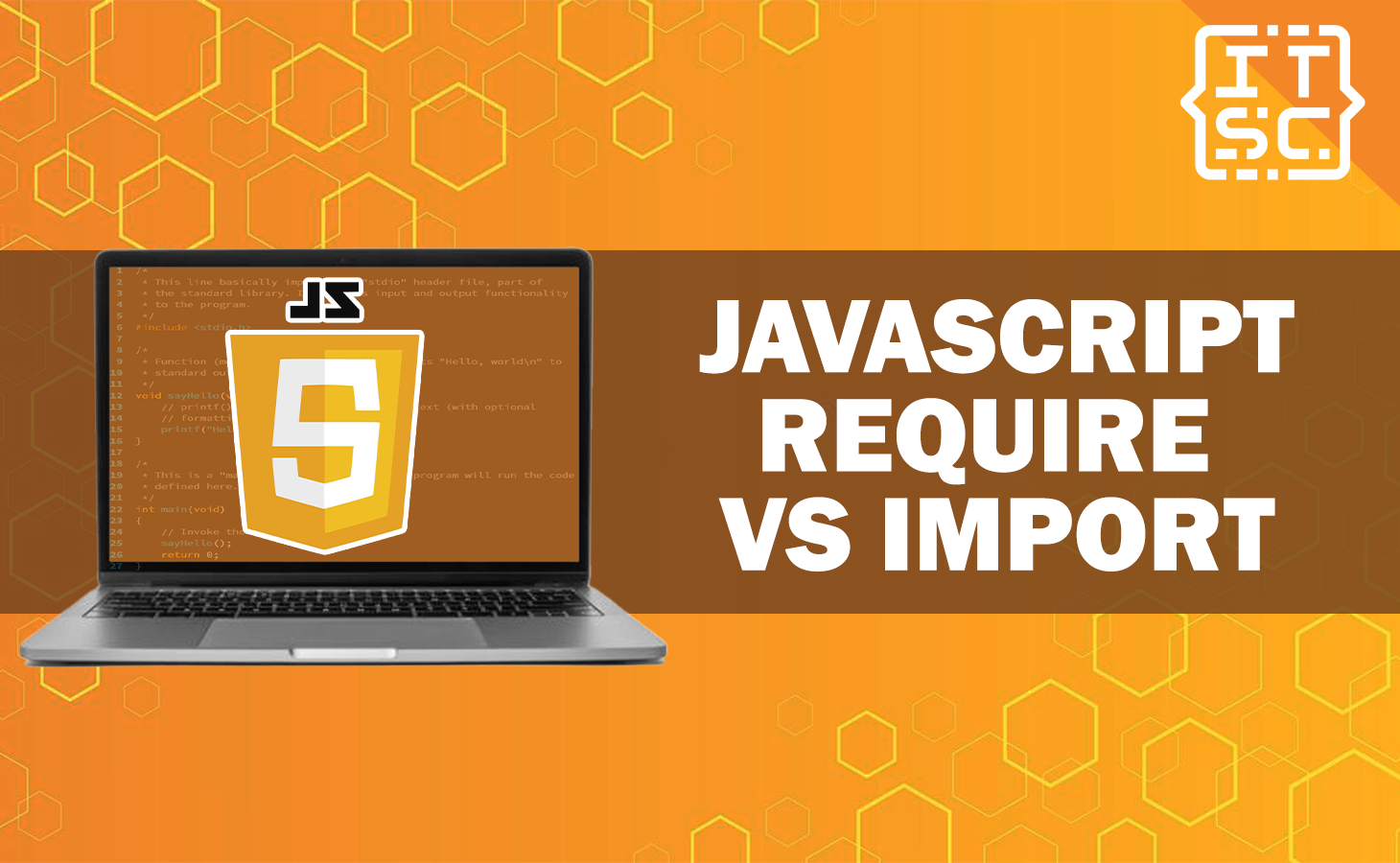As projects grow in size and elaboration, developers usually need to use external libraries or modules to maintain code organization and reusability.
Two simple methods of including external code are through require and import statements.
In this article, we will discuss the key differences between these two methods, their advantages, and when to use each of them.
Overview of JavaScript Modules
Before we move on to the details of requirements and import, let’s first understand what JavaScript modules are and why they are important for modern development.
What are JavaScript Modules?
JavaScript modules are methods to organize code into small, reusable, and maintainable pieces.
Each module encloses its functionality, variables, and methods, making it easier to manage and understand complicated codebases.
Modules also promote the concept of separation of concerns, enabling developers to work on isolated parts of the project without affecting others.
What is require statement?
The “require“ is a keyword typically used in Node.js, a popular server-side JavaScript runtime environment.
It allows developers to load CommonJS modules into their code dynamically. With the requirement, you can access the exported functionalities of a module and use them within your application.
How to use require?
The syntax for using require is easy. Easily use the require keyword followed by the path to the module you want to include:
const myModule = require('./myModule');
What is import Statement?
The import is a new feature made known in ECMAScript 6 (ES6) to handle module imports in modern JavaScript environments like browsers.
It brings a more structured and perceptive method for working with modules, making the code easier to understand and maintain.
How to use import?
Using import is quite simple. Here’s the syntax for importing a module in ES6:
import myModule from './myModule ';
Key Differences Between require and import
Browser Compatibility
One of the important differences between require and import is the browser support.
While require is usually used in Node.js and can work with bundlers like Webpack, import is designed for modern browsers with ES6 module support.
Dependency Resolution
Another important difference lies in how to require and import handle dependency resolution.
The require loads modules work synchronously, which means it will block the execution of the code until the module is fetched.
On the other hand, import works asynchronously, allowing other parts of the code to continue execution while the module is being loaded.
Named Exports vs Default Exports
When it comes to exporting from a module, both require and import have different structure.
With require, you can commonly access the entire module and its properties through the assigned variable.
In contrast, import supports named exports and default exports independently.
Default Exports with import
To access the default export using import, you can whether rename the module when importing or use a more certain syntax.
import myModule from './myModule';Named Exports with import
To access named exports with import, use destructuring to define which variables to import:
import { myFunction, myVariable } from './myModule';
Performance Comparison of require vs. import
Load Time
Asynchronous loading in import statements makes it more capable in terms of load time, specifically in larger projects with numerous dependencies.
The synchronous nature of require can result in longer load times, as the whole process waits for each module to be fetched.
Runtime Execution
Since require loads modules synchronously, it can lead to slower runtime execution when working with several dependencies.
On the other hand, import allows parallel loading of modules, reducing the execution time.
Modularity and Code Organization
Enhancing Code Modularity with require
In projects that use require, developers usually bundle multiple modules into a single file using bundlers like Webpack.
This method helps minimize the number of requests the browser makes to fetch files, optimizing the loading process.
Obtaining Code Modularity with import
The import promotes a more structured method to modularity.
With ES6 modules, you can import only the specific functions or variables you need, decreasing unessential code.
This loose control over imports increases code maintainability and decreases the chances of errors.
When to Use require or import?
Use Cases for require
- Node.js Environment:
- If you are working in a Node.js environment, require is the proper choice for loading modules.
- Existing Projects:
- In projects built before ES6 module support, you will usually encounter require for backward compatibility.
Use Cases for import
- Modern Browser Projects:
- For projects targeting modern browsers with ES6 support, import is the recommended method.
- Embracing ES6:
- If you are developing a new project or refactoring an existing one, applying import is a step toward going up to the latest ECMAScript standards.
FAQs
The main differences lie in browser compatibility, dependency resolution, and how they handle named exports and default exports. require is primarily used in Node.js, while import is for modern browsers with ES6 support.
Yes, you can use import in Node.js if you allow ES6 module support. However, many Node.js projects still use require for backward compatibility.
The import generally provides better performance due to its asynchronous nature, allowing for parallel loading of modules and faster runtime execution.
Conclusion
In conclusion, understanding the differences between require and import is important for any JavaScript developer.
Also, we have discussed the difference between JavaScript require vs import.

